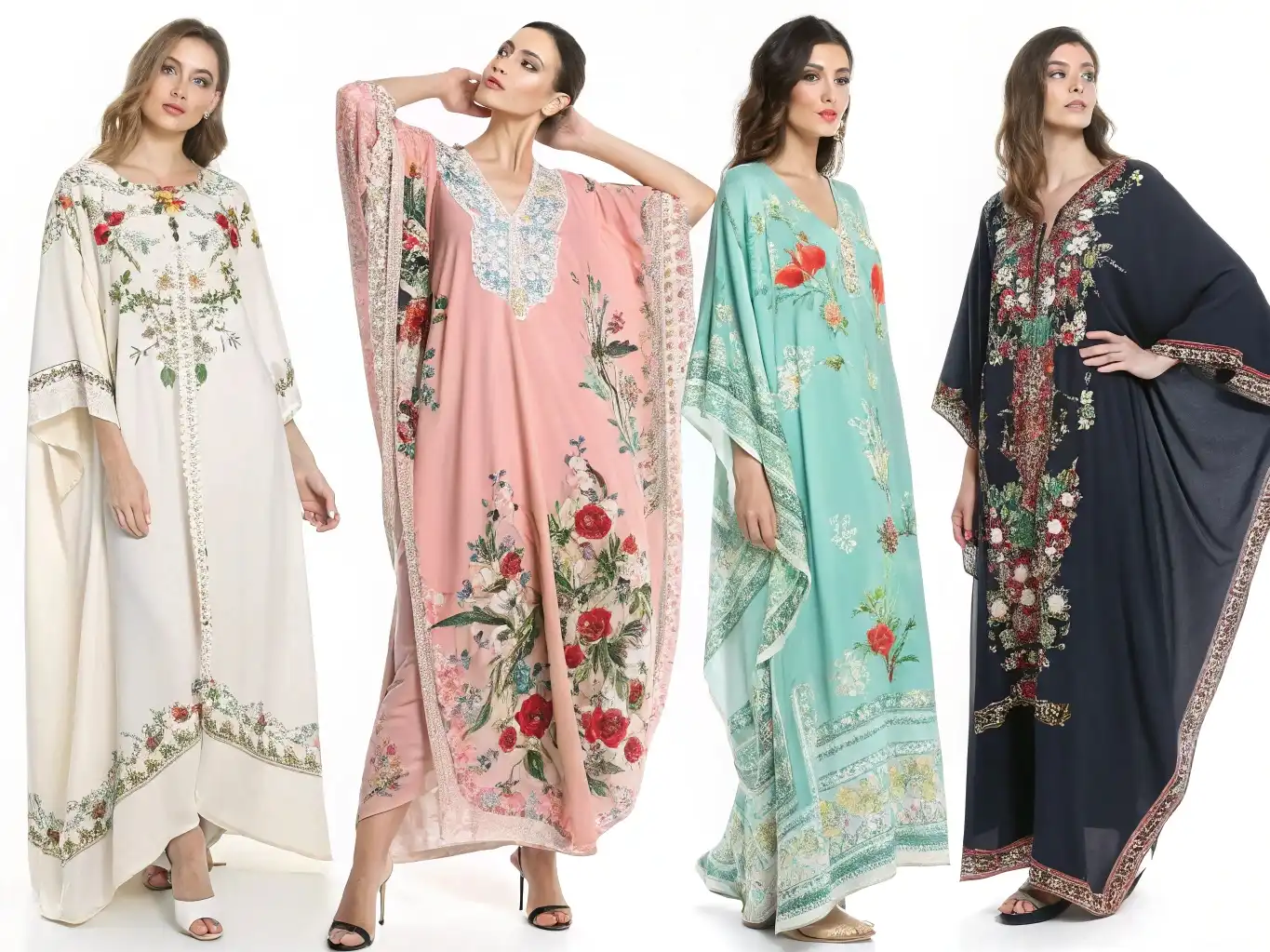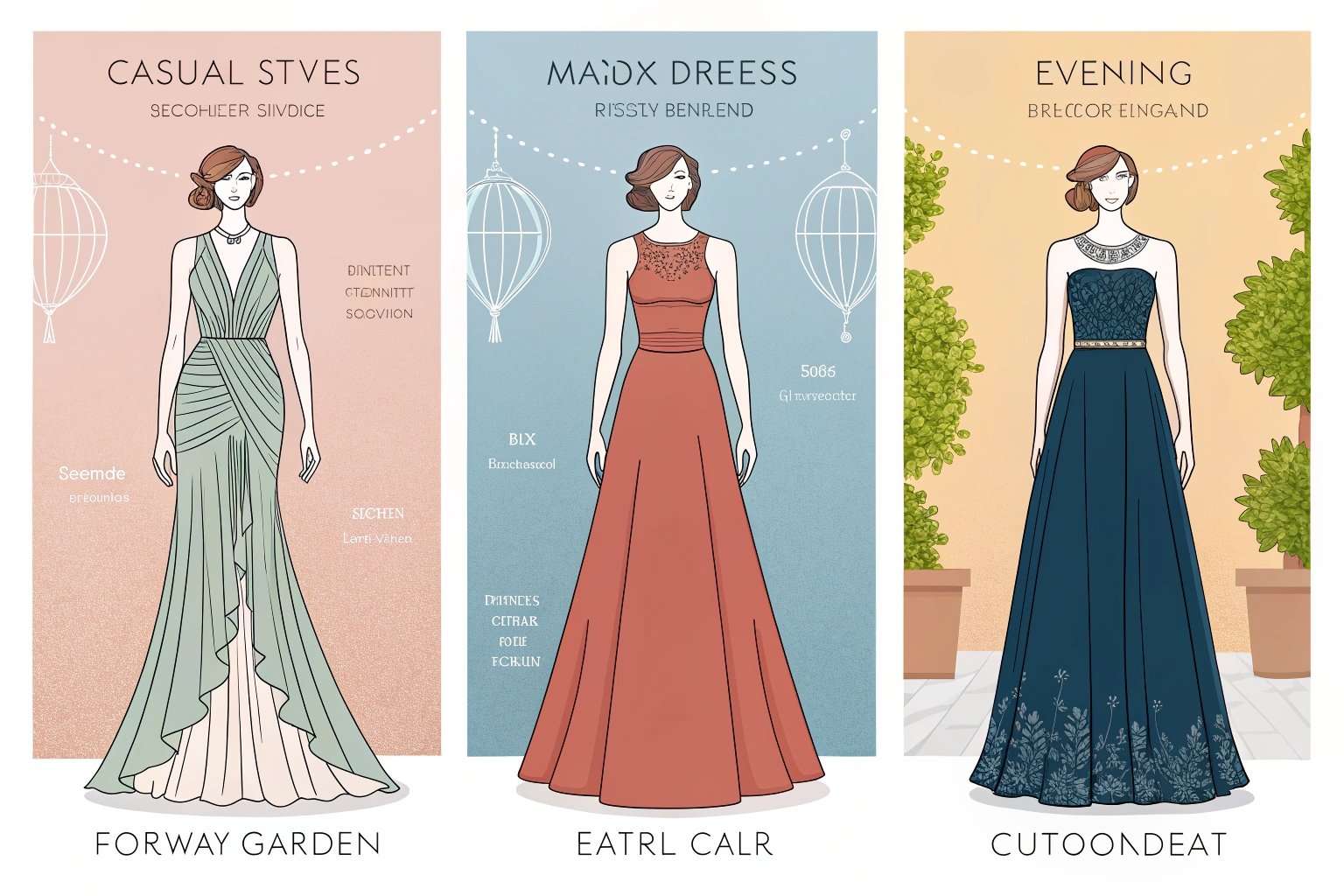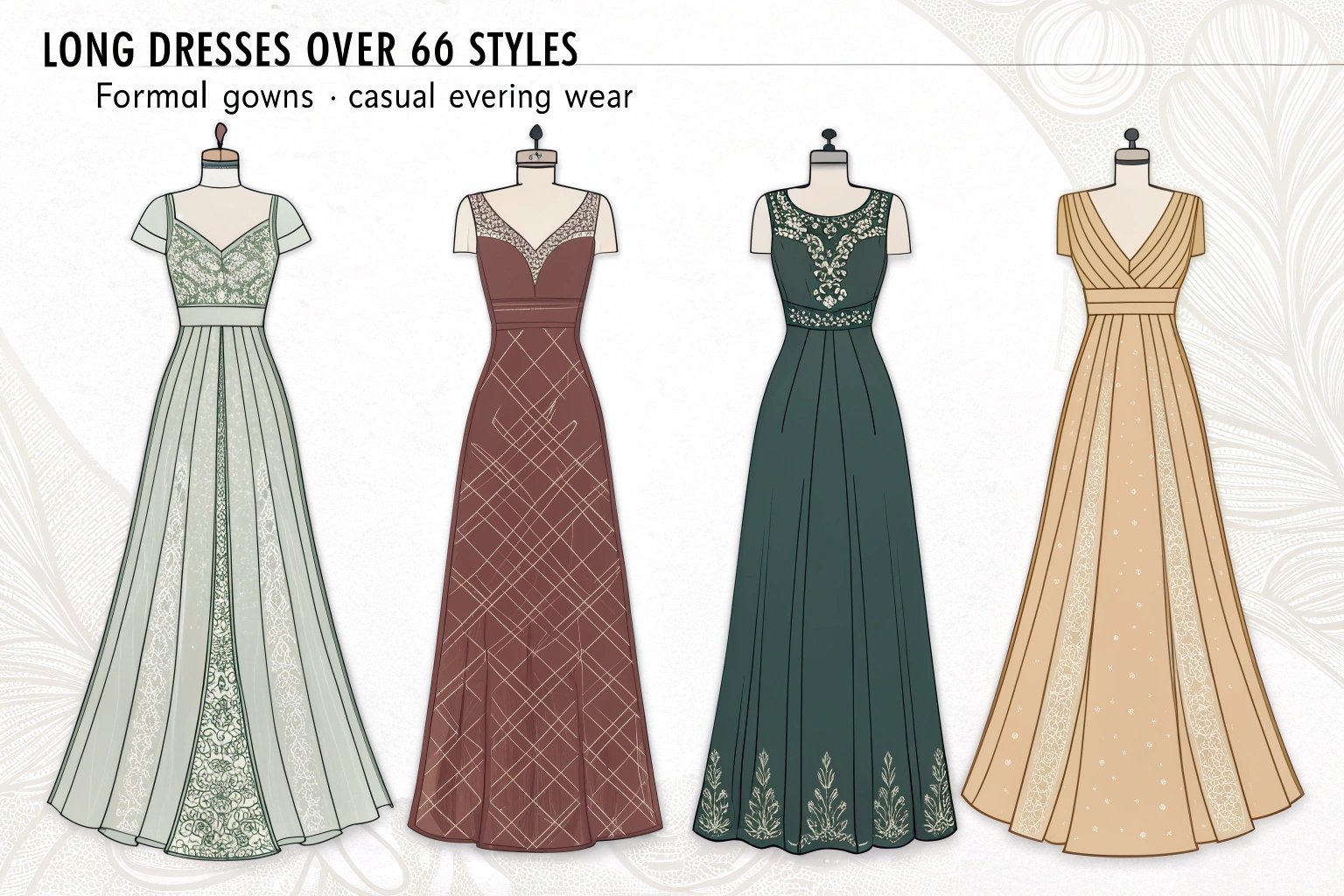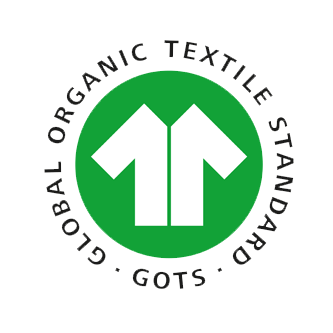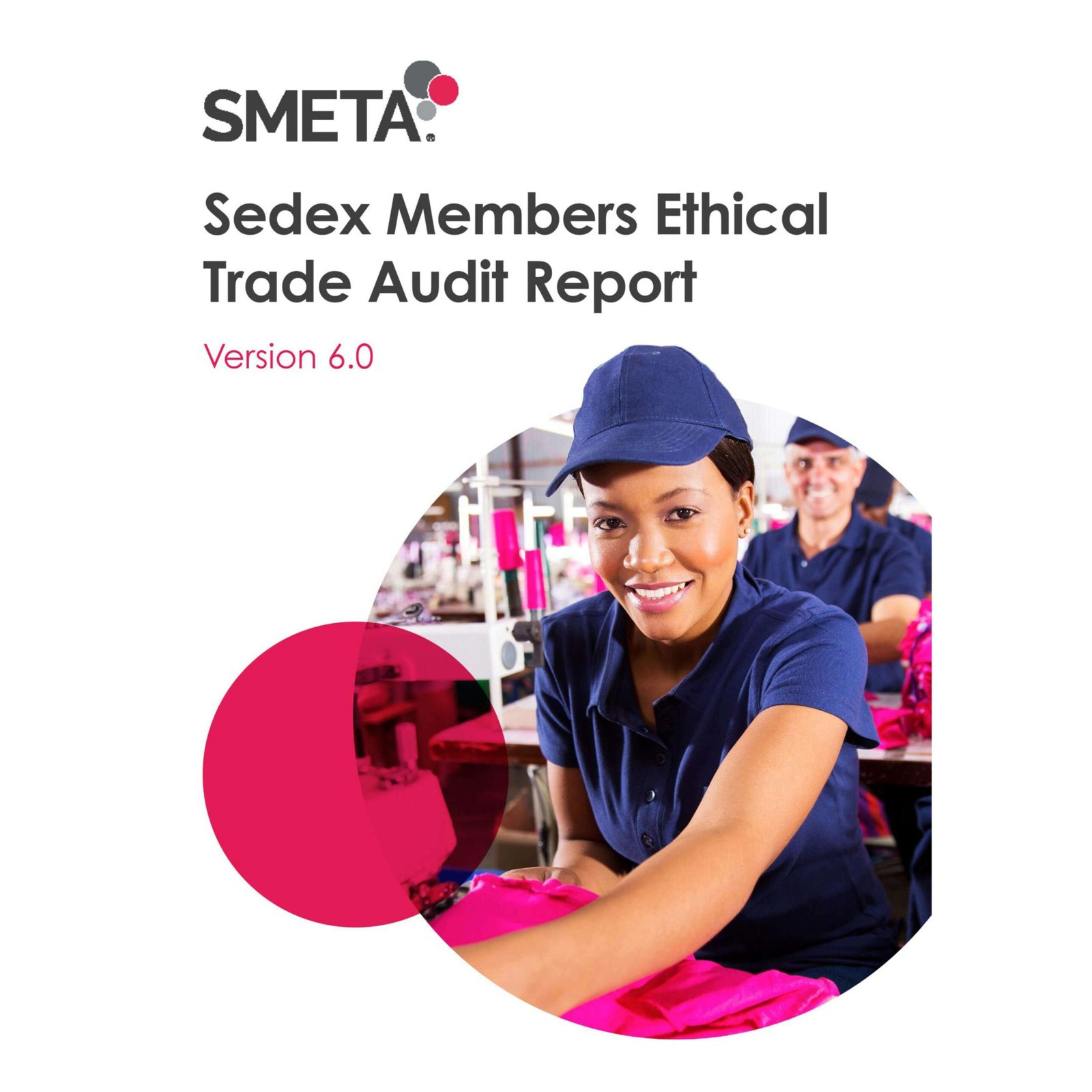Are you struggling to find a manufacturer that offers both low prices and good quality? You are not alone. Many fashion brands face this challenge, especially when margins are tight, and competition is fierce.
The cheapest places to manufacture clothes are usually in developing countries such as Bangladesh, Vietnam, India, and parts of China. These regions offer lower labor costs, established textile industries, and strong export capabilities, making them attractive for brands looking to reduce costs.
If you want to know why these countries dominate the low-cost manufacturing market and how to choose the right one for your brand, keep reading.
What Factors Make a Country Cheap for Clothing Manufacturing?
It’s not just about low wages. Multiple factors determine why some countries are more cost-effective than others.
Labor costs, raw material availability1, infrastructure, and government trade policies are the key factors that make a country cheap for clothing manufacturing. When these align, manufacturers can lower their overall production costs significantly.
 Fabric Processing Plant
Fabric Processing Plant
How Do Labor Costs Influence Clothing Manufacturing Prices?
Labor is often the largest cost component in garment production.
Countries with low minimum wages and abundant labor force tend to have cheaper clothing manufacturing prices because labor-intensive processes like sewing and finishing require many workers.
Here is a comparison of average monthly garment worker wages:
| Country | Average Wage (USD) |
|---|---|
| Bangladesh | $100 – $120 |
| Vietnam | $150 – $180 |
| India | $120 – $140 |
| China | $250 – $300 |
Labor costs in Bangladesh are the lowest, which explains why it leads in low-cost apparel exports. However, the trade-off is that quality control and lead times might vary.
What Role Do Material Availability and Infrastructure Play in Lowering Costs?
Raw material access and logistics are equally critical.
Countries with local fabric mills, dyeing facilities, and strong transport infrastructure2 can keep costs low because they avoid heavy import tariffs and reduce shipping time.
- Bangladesh relies on imported fabrics for some categories, increasing lead times.
- China has an advanced textile ecosystem, reducing dependency on imports.
- Vietnam and India have growing textile sectors, making them competitive.
Infrastructure matters because poor ports and roads increase delays and costs.
Which Countries Are the Cheapest for Clothing Manufacturing?
Choosing the right country impacts your cost structure and supply chain stability.
The cheapest countries for clothing manufacturing are Bangladesh, Vietnam, and India. China is still competitive for certain categories despite rising wages, due to its efficiency and advanced supply chain.
Why Is Bangladesh One of the Most Affordable Manufacturing Hubs?
Bangladesh dominates low-cost manufacturing because of its labor advantage.
Bangladesh is one of the cheapest manufacturing hubs due to its low wages, strong garment export policies, and massive production capacity in categories like knitwear and denim.
- Specializes in basic apparel like T-shirts, sweatshirts, and jeans.
- Government incentives for export make pricing even more competitive.
- However, buyers must ensure compliance with safety and labor standards.

How Do Vietnam and India Compare in Terms of Pricing and Quality?
Vietnam and India offer better quality control than Bangladesh but at slightly higher prices.
Vietnam is known for technical garments and sportswear, while India has strong capabilities in cotton and woven fabrics. Both offer better quality than Bangladesh but at a 10–20% premium.
| Country | Strengths | Pricing Level |
|---|---|---|
| Vietnam | Activewear, technical garments | Mid-range |
| India | Cotton, embroidery | Mid-range |
Brands targeting mid-market or premium customers often prefer these countries.
Does China Still Offer Competitive Pricing for Clothing Production?
Yes, but with conditions.
China is no longer the cheapest, but it still offers competitive pricing for high-volume orders and complex designs because of its advanced infrastructure2 and fabric innovation.
- China excels in fast fashion due to rapid sampling and large-scale production.
- Costs are higher than Bangladesh3 but offset by shorter lead times and fewer errors.
- For brands that need trend responsiveness, China remains a strong choice.
How Do Cheap Clothing Manufacturers Keep Costs Low?
Their strategies go beyond low wages.
Cheap clothing manufacturers keep costs low by leveraging economies of scale, reducing overhead through efficient operations, and benefiting from trade agreements4 that lower tariffs and taxes.
How Do Large Production Volumes and Economies of Scale Reduce Prices?
Producing in large volumes spreads fixed costs like machinery and rent across more units, lowering the per-unit price significantly.
Example:
- MOQ of 10,000 pieces may reduce cost per piece by 20–30% compared to 1,000 pieces.
- Big brands exploit this by placing large consolidated orders.
How Do Trade Agreements and Low Tariffs Impact Manufacturing Costs?
Countries under free trade agreements4 (FTAs) with major markets like the USA and EU can ship goods at lower tariffs, reducing final costs.
- Bangladesh benefits from duty-free access to EU markets.
- Vietnam has trade deals with the EU and CPTPP countries.
- China faces higher tariffs in some regions, which impacts cost competitiveness.
What Are the Benefits and Risks of Choosing a Cheap Clothing Manufacturer?
Low cost is attractive, but it comes with trade-offs.
Benefits include reduced production costs and higher margins, while risks include quality issues, ethical concerns, and potential delays.
How Can You Ensure Quality While Working with Low-Cost Manufacturers?
Conduct third-party quality inspections, request pre-production samples, and work with factories that hold international certifications like ISO or WRAP.

What Are the Ethical and Sustainability Concerns in Cheap Manufacturing?
Low-cost production often involves labor exploitation, unsafe conditions, and environmental harm due to poor waste management. Brands must audit suppliers and choose those committed to fair practices and sustainability.
How Can You Find a Reliable Cheap Clothing Manufacturer?
The search can be overwhelming without the right approach.
Start by using trusted online platforms, attending trade shows, and networking with industry professionals to find credible suppliers.
What Online Platforms and Trade Shows Are Best for Sourcing Affordable Manufacturers?
- Alibaba
- Global Sources
- Canton Fair (China)
- Texworld (Paris, New York)
How Can Negotiating Minimum Order Quantities (MOQs) Help Lower Costs?
Negotiating MOQs can give you better pricing without overstocking. Many manufacturers allow flexible MOQs for long-term partnerships.
Conclusion
The cheapest places to manufacture clothes are in Asia, led by Bangladesh, Vietnam, India, and China for specific categories. Cost depends on labor, infrastructure2, and trade policies. Choosing the right partner requires balancing price with quality, ethics, and sustainability.
-
Explore the significance of local resources in reducing costs and improving efficiency in production. ↩
-
Learn how strong infrastructure can lower production costs and enhance supply chain efficiency. ↩ ↩ ↩
-
Learn about Bangladesh’s advantages in low-cost manufacturing and how it impacts the fashion industry. ↩
-
Discover how trade agreements can benefit your sourcing strategy and reduce overall costs. ↩ ↩


